Politics, economy and fears: problems of military-technical assistance for Ukraine
Over the past few months, foreign countries have been constantly transferring various military products to Ukraine, incl. weapons and equipment. It was assumed that such assistance would help the Kyiv regime to successfully resist the Russian army, but such predictions did not come true. The reasons for this are quite simple and are related to the peculiarities of supplies due to the specific policies of foreign states.
Deliveries from stock
For obvious reasons, almost all foreign supplies in recent months have come from the presence of armies. The necessary weapons and equipment are taken from combat units or from storage bases and, after some preparation, are sent to Ukraine. Exceptions are extremely rare and so far concern only the simplest and cheapest systems.
It is easy to see that most foreign countries are in no hurry to dismantle their combat units for the sake of helping Ukraine. Desired products for shipment are often taken from storage, where they were previously transferred. It is quite natural that products at such sites are not distinguished by novelty, high performance and acceptable technical condition.
However, such a material part will do to help a foreign "ally". At the same time, the army solves political issues and demonstrates its commitment to the notorious ideals of democracy and loyalty to "world leaders", and also frees up space for modern technology and weapons. In this case, the disposal of unnecessary objects is carried out by foreign forces. The fact that morally and physically obsolete products will not benefit Ukraine is actually ignored.
What we don't like
In recent months, it has been possible to repeatedly observe exactly how such "assistance" is carried out. So, already in late February and early March, a number of European states shipped a lot of infantry weapons and ammunition to Ukraine. These deliveries included old-fashioned Kalashnikov assault rifles, FAL rifles, and several types of anti-tank grenade launchers, some of which were morally and physically obsolete.
In the future, deliveries of other products began, up to armored vehicles, but the existing trends continued. Thus, several countries have provided Ukrainian formations with M113 armored personnel carriers and their modifications, various variants of the BMP-1 and similar vehicles, as well as other old armored vehicles. Artillery guns and rocket systems of the Soviet and foreign type, which are distinguished by their great age, were supplied.
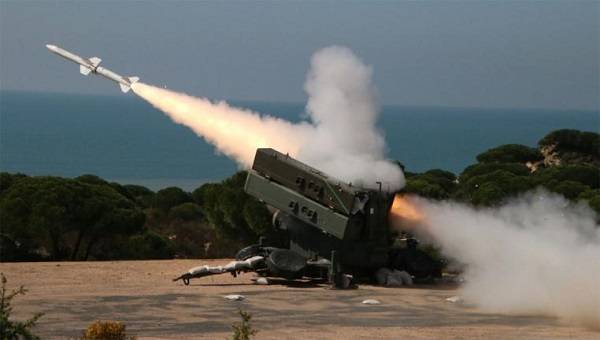
In addition, plans are being made to transfer other obsolete designs. For example, Germany recently confirmed the imminent shipment of Gepard anti-aircraft self-propelled guns, which have long been withdrawn from service. The other day, France announced the delivery of VAB armored personnel carriers, the production of which was completed in the late eighties. In the recent past, the possibility of transferring to Ukraine tanks Leopard 1 and other equipment that has not met current requirements for a long time.
Modern Alternative
However, in the form of assistance and under commercial contracts, modern weapons and equipment are also being transferred. Some of them can even be attributed to the advanced representatives of their class. However, even in this case, there are specific factors and problems that limit the usefulness of supplies.
First of all, the problem of quantity manifests itself: supplier countries cannot transfer a large number of modern products. They have to be taken from their own units, which leads to a reduction in combat capability and an increase in risks to their own security. At the same time, there are examples of what excessive enthusiasm in deliveries leads to. Thus, several countries are already talking about the absence of "free" weapons. Even the wealthy in the United States faced similar problems.
The way out of this situation may be the production of new products specifically for the provision of military-technical assistance. For example, earlier in the United States, taking into account Ukrainian needs, they developed a new loitering ammunition. Germany, in turn, is launching the production of air defense systems specifically for the Ukrainian army.
In the case of modern products, the problem of secrecy and preservation of technology also arises. The Russian army successfully destroys and takes Ukrainian materiel as trophies, incl. foreign production. Third countries are afraid that Russia in this way can gain access to their most modern developments, which should be kept secret. For this reason, Kyiv has already been denied the supply of the latest UAVs and a number of other samples.
At different scales
Nevertheless, deliveries continue, although they have a different scale. Thus, several countries have allocated tens of thousands of RPGs and ATGMs, as well as ammunition for them, including advertised Javelin products. Hundreds or thousands are transmitted drones different types, incl. loitering ammunition. Deliveries of modern radar equipment, communication systems, etc. are of great importance. It should also be noted 120 British armored cars of several types.
Deliveries of other products of particular interest to the recipient are not large. For example, Kyiv rejoiced in the transfer of M777 howitzers, but just over a hundred of such guns were received. For several months, the deliveries of German self-propelled guns PzH 2000 were discussed, and as a result of these processes, only 12 vehicles were allocated. In the same or smaller quantities, French CAESAR howitzers arrived in Ukraine. In small numbers, American-made M270 / MARS2 and M142 MLRS are transferred. At the same time, multiple launch rocket systems are not equipped with the most long-range missiles.
It is curious that the supply of some modern foreign samples remains in question or is generally excluded for objective reasons. So, back in April, Canada promised to send its LAV III armored personnel carriers, but so far has not done so. Discussions continue on the possibility of transferring German Leopard 2 tanks in modern versions. Special mention deserves dubious plans to restore the Ukrainian military aviation with the help of F-16 fighters or other foreign equipment.
Negative Factors
Along with military-technical assistance from foreign countries, Ukraine receives a number of characteristic problems. Thus, a wide range of supplies leads to disunification, which complicates the development, operation and supply. In addition, the supply volumes do not correspond to the current situation, and most of the assistance is obsolete products with minimal combat value.
With all this, the Ukrainian army creates some problems on its own. The quality of personnel training leaves much to be desired and is constantly deteriorating. The fighters cannot properly master the incoming samples and fully use them. Because of this, it is not possible to realize the potential of the products obtained, and in addition, additional risks arise.
As a result, Ukrainian units and subunits suffer material losses. Retreating, they abandon weapons and equipment, not only disabled, but also serviceable. In addition, a significant part of the products is simply destroyed by the fire of the advancing armies of Russia and Donbass. Allied forces have, demonstrate and confirm all the possibilities for the timely detection and destruction of enemy targets. Demilitarization by all available means of fire continues and yields new results.
Predictable future
Over the past few months, foreign countries have been transferring weapons, equipment and other military products to Ukraine. However, such assistance does not give the desired effect and almost does not prevent the Russian army from moving forward. The reasons for this lie both in the complete superiority of our armed forces, and in the specifics of foreign supplies for the Ukrainian army.
Foreign states seek to help Ukraine and hinder Russia, but at the same time they intend to solve additional tasks of a political and other nature. They take the right political position, but they are looking for opportunities to save on supplies, not worsen the condition of their own armies and find an excuse to rearm and develop military budgets. All this excludes the possibility of more extensive and useful assistance to the Kyiv regime.
The first signs of such a situation could be noticed already in the first weeks of the Russian Special Operation, when foreign deliveries to Ukraine began. In the following months, the situation evolved, but its key features remained the same. And we can expect that in the foreseeable future there will be no fundamental changes. Foreign countries will continue to support the Kyiv regime, but real steps in this direction will be modest and ineffective.

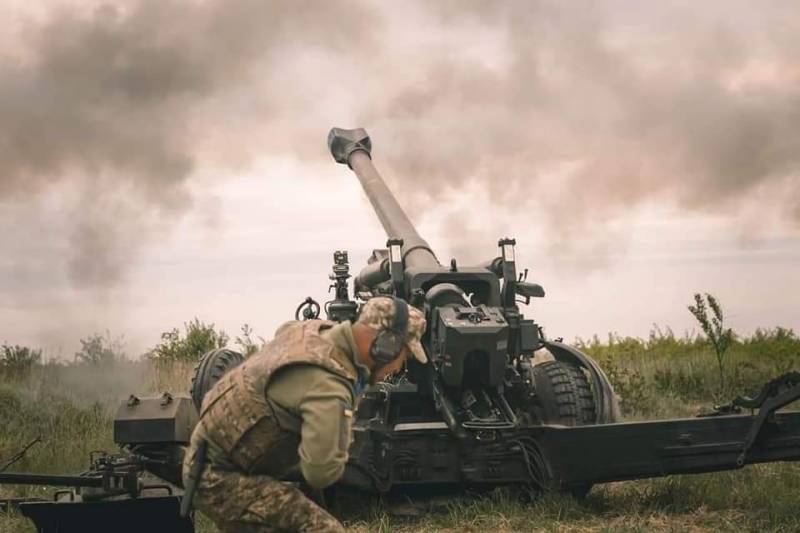
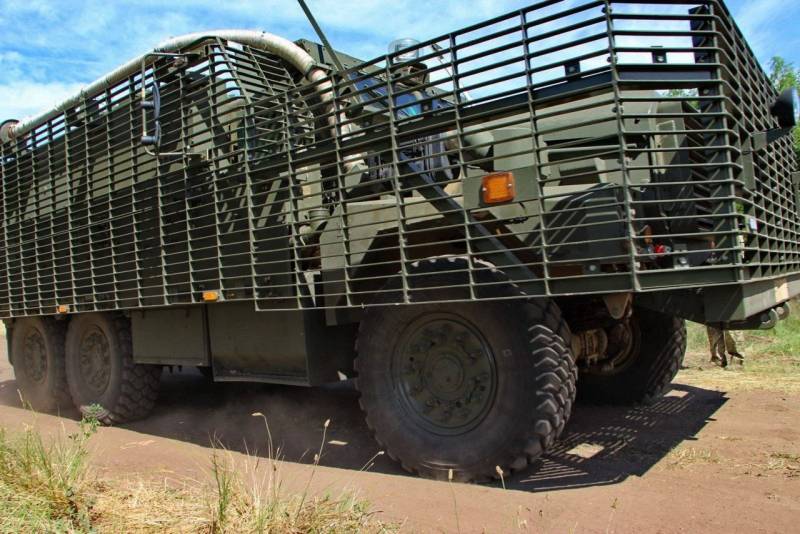
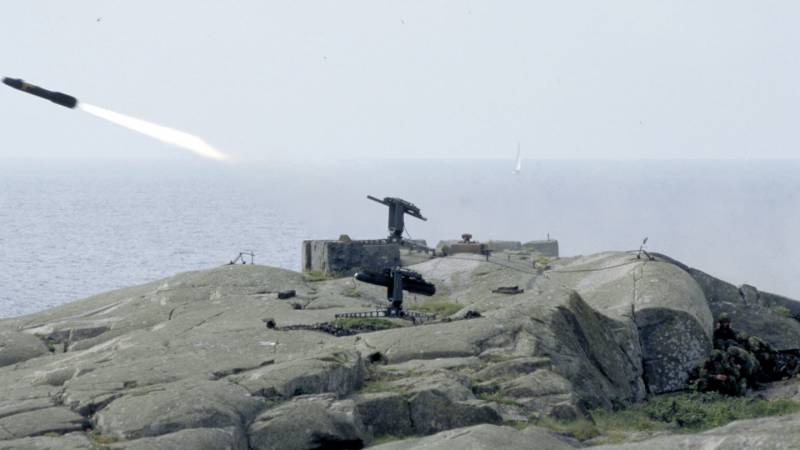
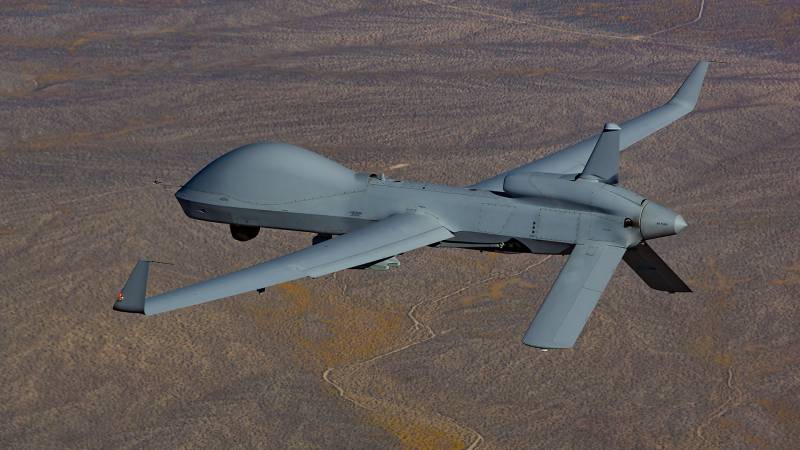
Information